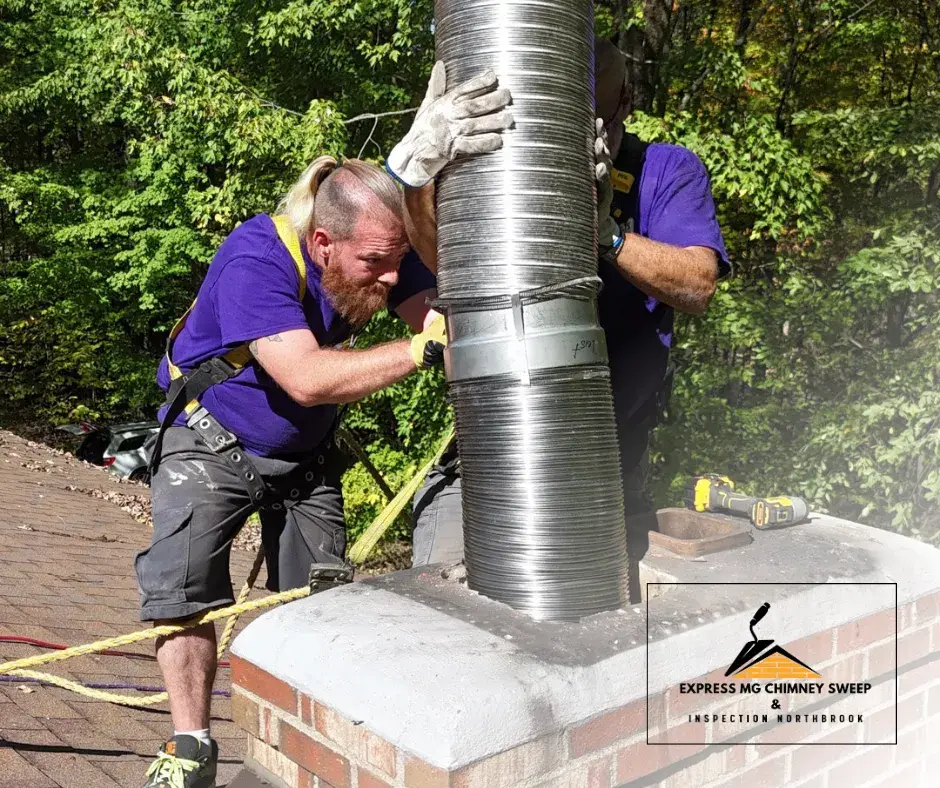Flashing is a vital component in chimney construction, designed to create a watertight seal between the chimney and the roof. Properly installed and maintained flashing is essential for preventing chimney leaks, which can lead to structural damage and costly repairs if left unaddressed. Understanding the importance of flashing and its role in chimney maintenance helps homeowners protect their homes effectively. Timely chimney repair is crucial for addressing flashing issues and avoiding extensive water damage.
How Flashing Protects Against Water Intrusion
Flashing acts as a barrier that directs water away from vulnerable areas where the chimney meets the roof. Typically made from durable materials like aluminum or galvanized steel, flashing is strategically installed to prevent rain and melting snow from seeping into the gaps between the chimney and roofline. This proactive measure is a cornerstone of effective chimney repair and water damage prevention.
Over time, weather conditions can compromise the integrity of flashing. High winds, heavy rainfall, and temperature fluctuations may cause the material to warp, crack, or pull away from its sealing points. Regular inspections and timely chimney repair ensure flashing remains intact, safeguarding the chimney and surrounding roof structure from moisture-related damage. Proper chimney maintenance, including flashing checks, minimizes the risk of costly repairs.
Signs of Damaged or Failing Flashing
Recognizing the signs of damaged flashing is critical for addressing chimney leaks early. One common indicator is water stains or discoloration on walls and ceilings near the chimney. These stains often point to moisture infiltration caused by gaps or cracks in the flashing. Another warning sign is visible rust or corrosion on metal flashing, which compromises its effectiveness over time.
Homeowners may also notice a musty odor near the fireplace, which develops when water enters the chimney and creates damp conditions. In severe cases, pooling water or mold growth near the chimney base can signify extensive flashing failure, requiring immediate chimney repair. Addressing these issues as part of regular chimney maintenance ensures long-term protection and efficiency.
Maintaining Flashing for Long-Term Protection
Proper maintenance of flashing is essential for its long-term performance. During regular chimney inspections, professionals check for signs of wear and ensure flashing is securely sealed. Repairs typically involve resealing gaps with high-quality waterproof caulking or replacing severely damaged sections. Professional chimney repair services provide targeted solutions to flashing issues, ensuring lasting results.
Installing counter-flashing—an additional layer that overlaps the base flashing—provides extra protection against water intrusion. Waterproofing treatments on the chimney’s exterior can further enhance its resistance to moisture, reducing the likelihood of leaks. These preventive measures are vital components of comprehensive chimney care.
By prioritizing flashing maintenance as part of regular chimney care, homeowners can prevent leaks and extend the lifespan of their chimney system. Timely chimney repair and proactive upkeep ensure that the chimney remains a durable and efficient component of the home’s structure. Regular attention to flashing and other elements of chimney maintenance safeguards your investment and provides peace of mind.
Read More:

